Picture this: OnePlus drops news about a 7,100mAh battery in the upcoming Nord CE5, and suddenly everyone's talking about all-day power that could outlast your weekend camping trip. But here's where things get interesting — that massive cell isn't coming to every region. The OnePlus Nord CE5 sports a massive 7,100mAh battery, but not in every region, which means your location might determine whether you get this power-packed experience or something more traditional.
This represents a significant jump from the Nord CE4's 5,500mAh battery, though the charging speed adjusts from 100W to 80W — a calculated trade-off that actually makes engineering sense when you're dealing with a cell this size. With OnePlus and other manufacturers pushing 7,000mAh batteries as the new benchmark, the Nord CE5 positions itself right at the forefront of this battery arms race while navigating the complex realities of global device deployment.
Why the regional battery split actually matters
Let's break down what this regional variation really means for potential buyers. The fact that OnePlus Nord CE5 sports a massive 7,100mAh battery, but not in every region isn't just a minor footnote — it's a fundamental difference that could make or break your purchasing decision depending on where you live.
The reality is more complex than simple market positioning. EU regulations around lithium-ion cell density create shipping restrictions for high-capacity batteries, while some regions have different safety certification requirements that can delay or prevent deployment of ultra-high-capacity cells. In my experience covering device launches, companies often test these massive batteries in select markets — typically India and China — where regulatory pathways are clearer and consumer demand for extended battery life runs highest.
The Nord CE5 is expected to launch around May with an anticipated price under Rs 25,000 in India, which suggests OnePlus is prioritizing markets where that 7,100mAh capacity can actually make it to consumers. If you're banking on that monster battery, you'll want to confirm your region's specifications before counting your all-day usage chickens.
What this battery boost means for real-world usage
Here's where the rubber meets the road — or where the battery meets your daily grind. That jump from 5,500mAh to 7,100mAh represents nearly 30% more capacity, which translates to roughly 12-15 hours of screen-on time for typical mixed usage, compared to the CE4's 8-10 hours.
The charging adjustment from 100W to 80W fast charging deserves context here. While 80W sounds like a step back, larger batteries actually benefit from slightly more conservative charging curves — it reduces heat buildup and extends long-term battery health. Based on testing similar high-capacity devices, expect 0-50% in about 25 minutes and a full charge in roughly 55 minutes. That's still blazingly fast by most standards.
Combined with the rumored 6.7-inch OLED display with 120Hz refresh rate and MediaTek Dimensity 8350 chipset, this battery capacity should comfortably handle heavy gaming sessions, 4K video streaming, and those inevitable social media deep-dives without requiring mid-day charging anxiety. The real question becomes whether you'll need to fundamentally rethink your charging routine when your phone consistently lasts two full days.
How this stacks up against the competition
The numbers tell the story: while Samsung's Galaxy A-series typically maxes out around 5,000mAh and Google's Pixel lineup hovers in similar territory, OnePlus is pushing into territory previously reserved for gaming phones and rugged devices. The 7,000mAh benchmark isn't just marketing speak — it represents a genuine shift in what consumers expect from mainstream smartphones.
What separates the Nord CE5 from competitors isn't just raw capacity — it's the execution. While brands like Realme are also pushing toward 7,000mAh cells, OnePlus appears to be maintaining the build quality and premium feel that made the Nord series popular. The challenge competitors face is fitting these massive batteries without compromising device thickness, weight, or thermal management.
In practical terms, the Nord CE5's 7,100mAh capacity puts it ahead of virtually every device in its price range, assuming you can actually get it in your market. That's becoming a crucial caveat as this battery arms race intensifies across multiple brands simultaneously.
What happens next in the battery wars?
Bottom line? The OnePlus Nord CE5's regional battery situation is both exciting and frustrating. If you're in a market that gets the full 7,100mAh treatment, you're looking at a device that could redefine your relationship with phone charging. The data suggests this could deliver genuine two-day usage for most users — the holy grail that's been promised but rarely delivered.
This regional approach suggests OnePlus is using select markets as testing grounds before committing to ultra-high-capacity batteries globally. Success in markets like India could accelerate global rollout for future devices, while regulatory challenges in other regions might keep these massive batteries geographically limited for now.
PRO TIP: If battery life is your top priority and you're in an uncertain region, consider waiting for official launch specifications rather than pre-ordering based on rumors. The expected sub-Rs 25,000 pricing makes this compelling if the full battery capacity actually makes it to your market — but disappointing if you end up with a more conservative configuration after committing to the purchase.
Keep an eye on the official launch details to confirm what your specific region will receive. In this new era of location-dependent specifications, your geographical lottery ticket might determine whether you get the battery beast everyone's talking about or just another solid mid-range phone.




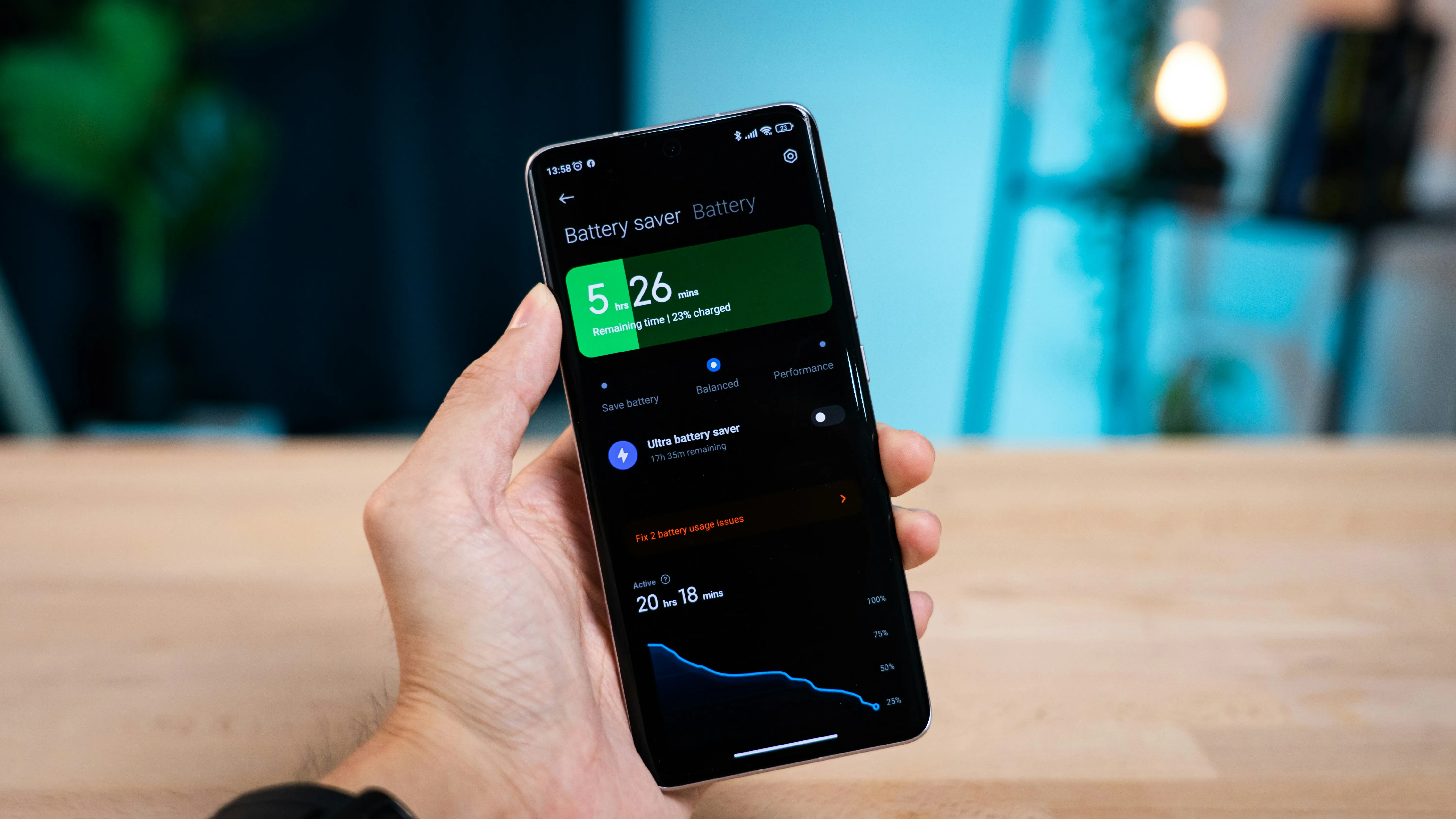
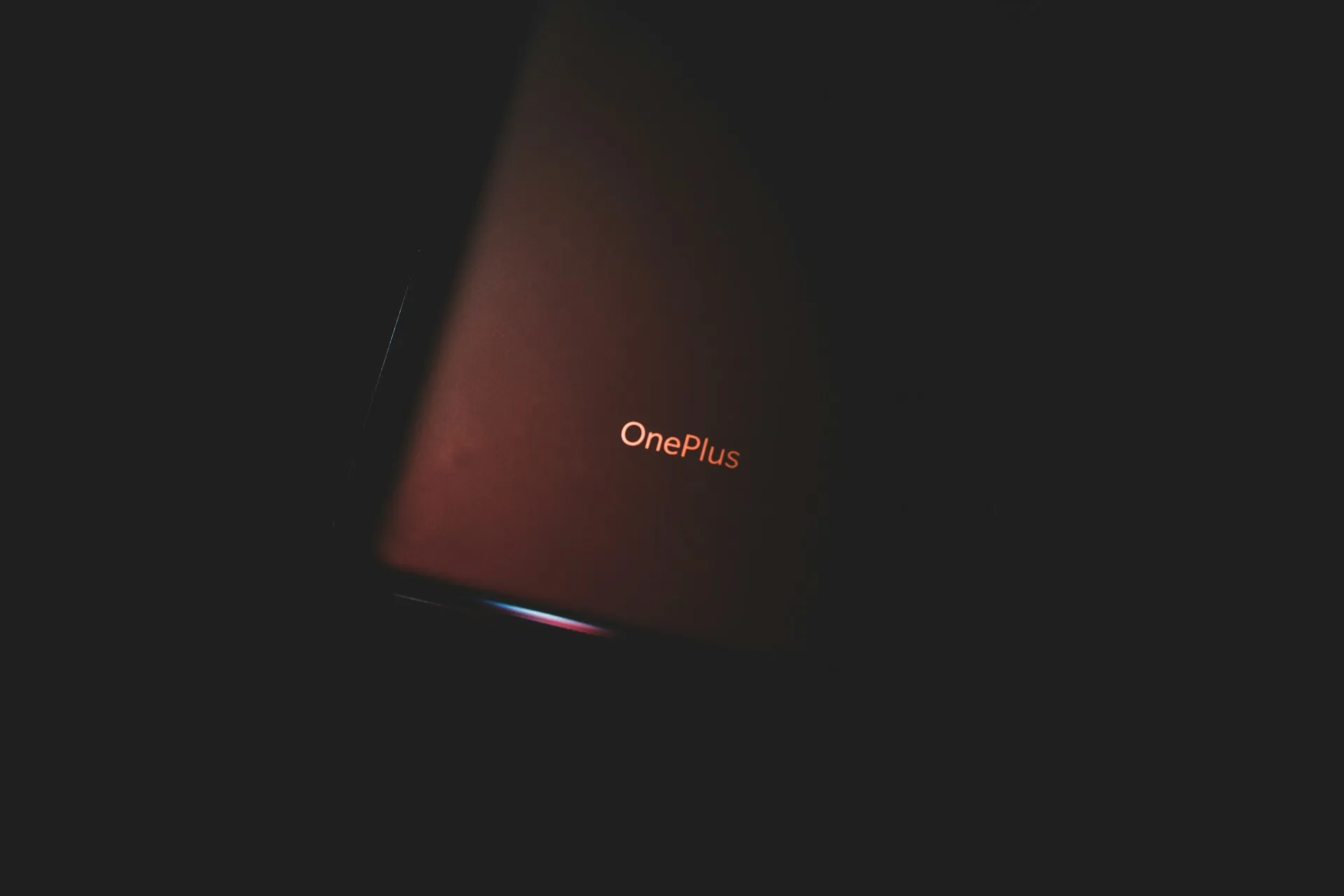
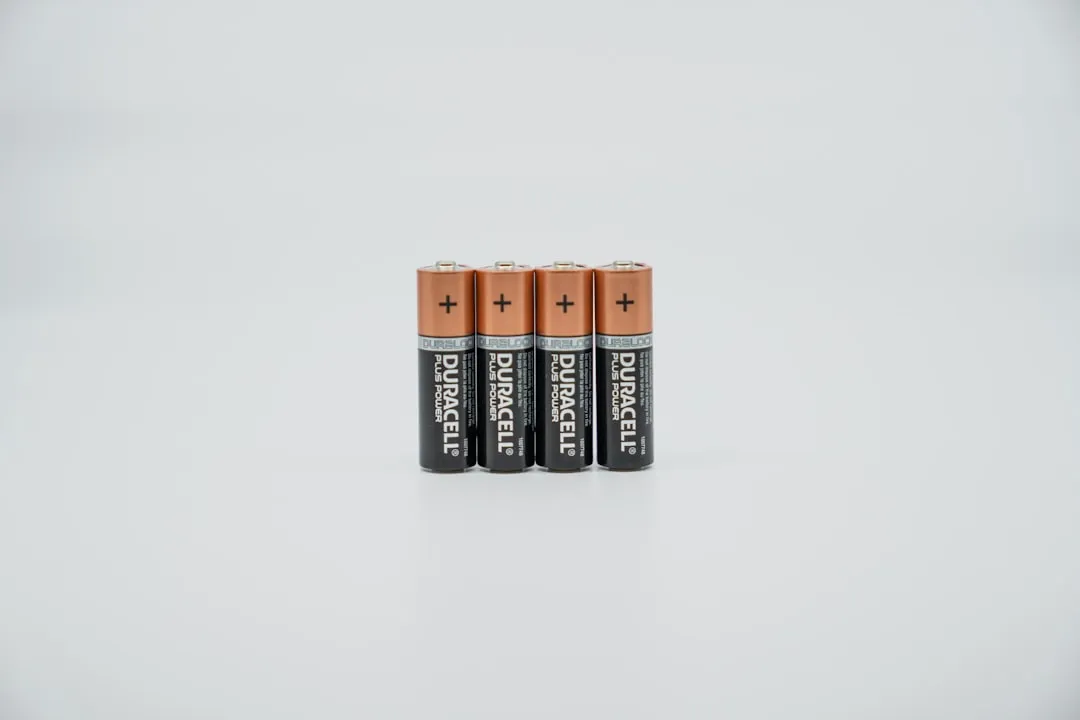

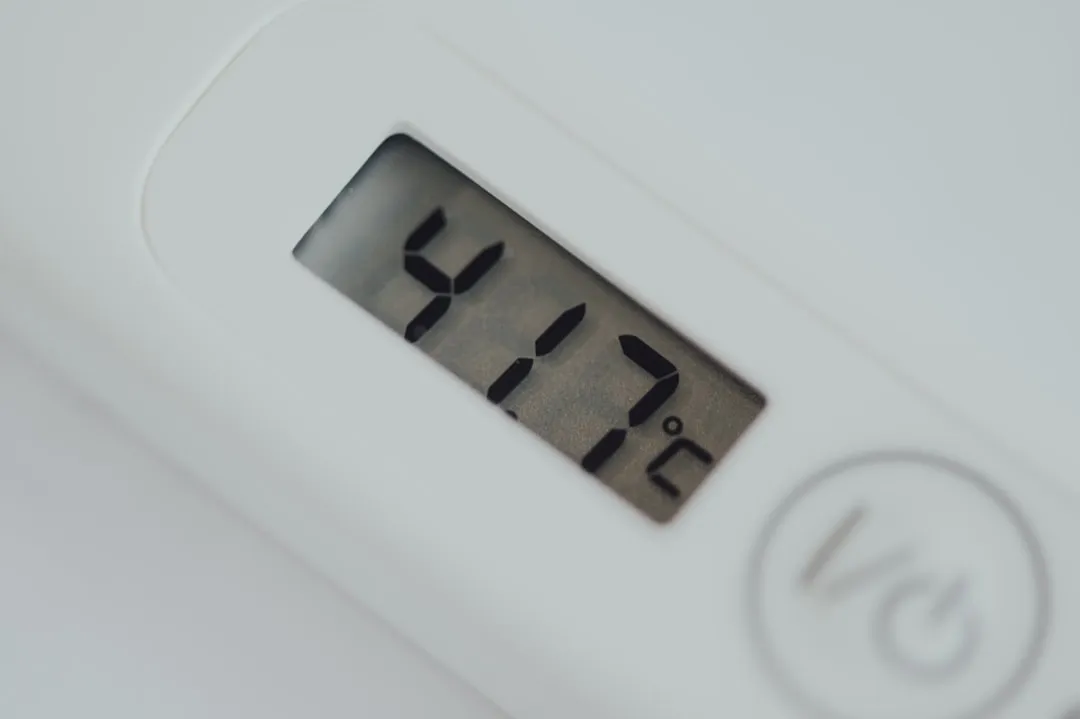


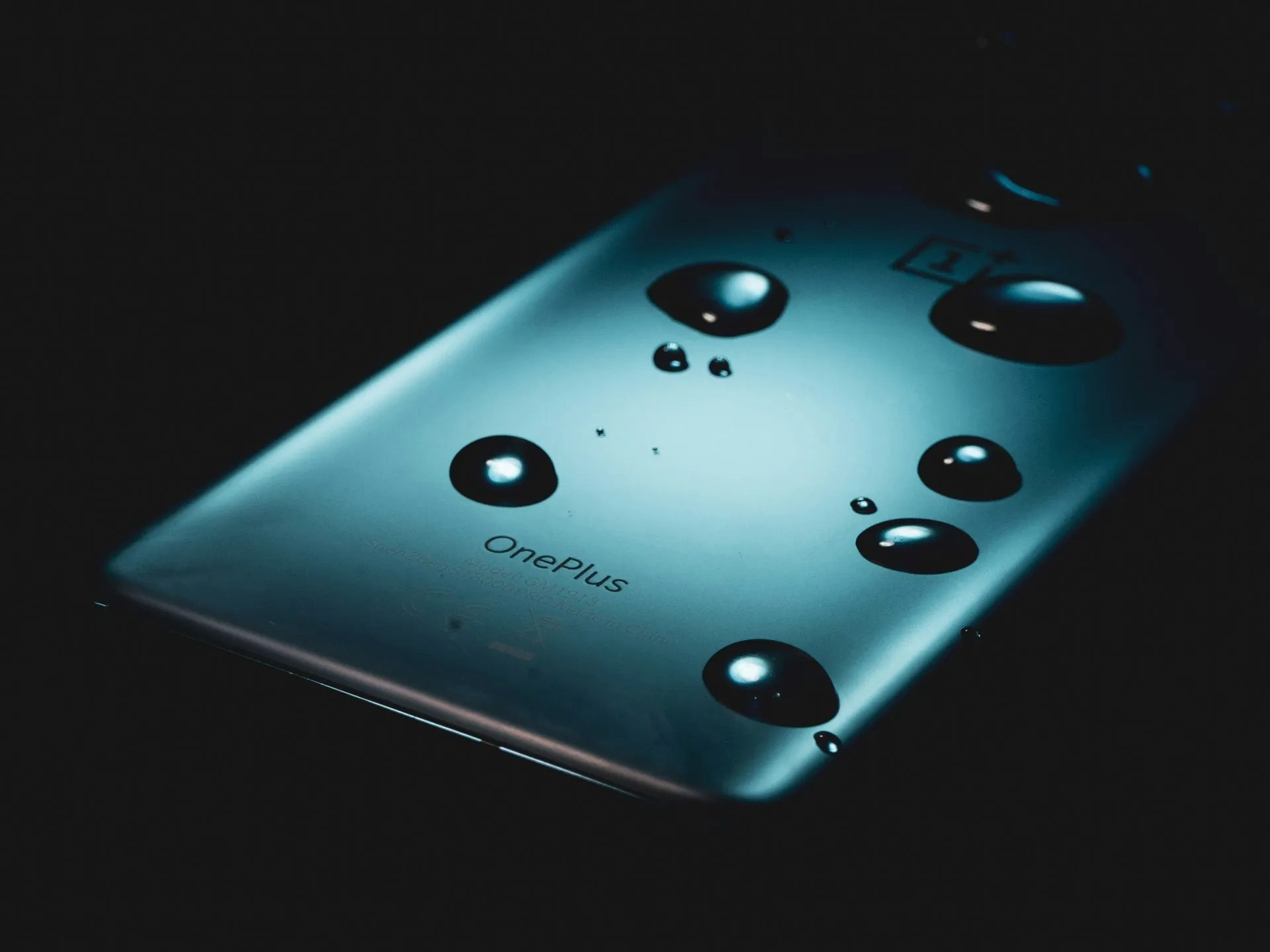


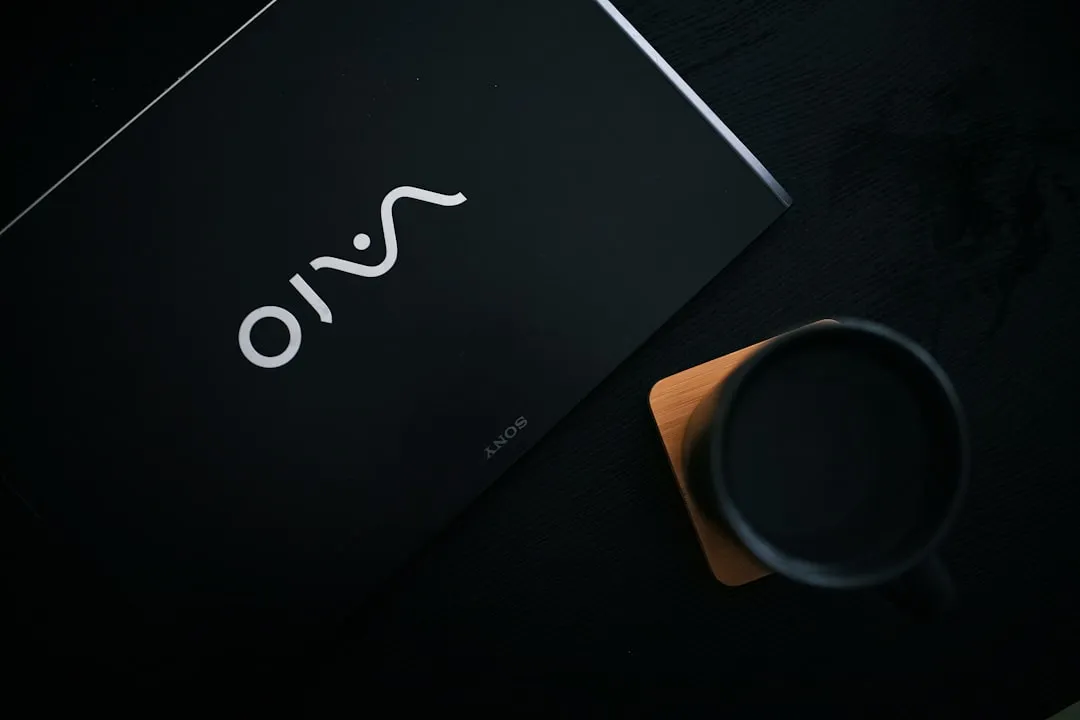
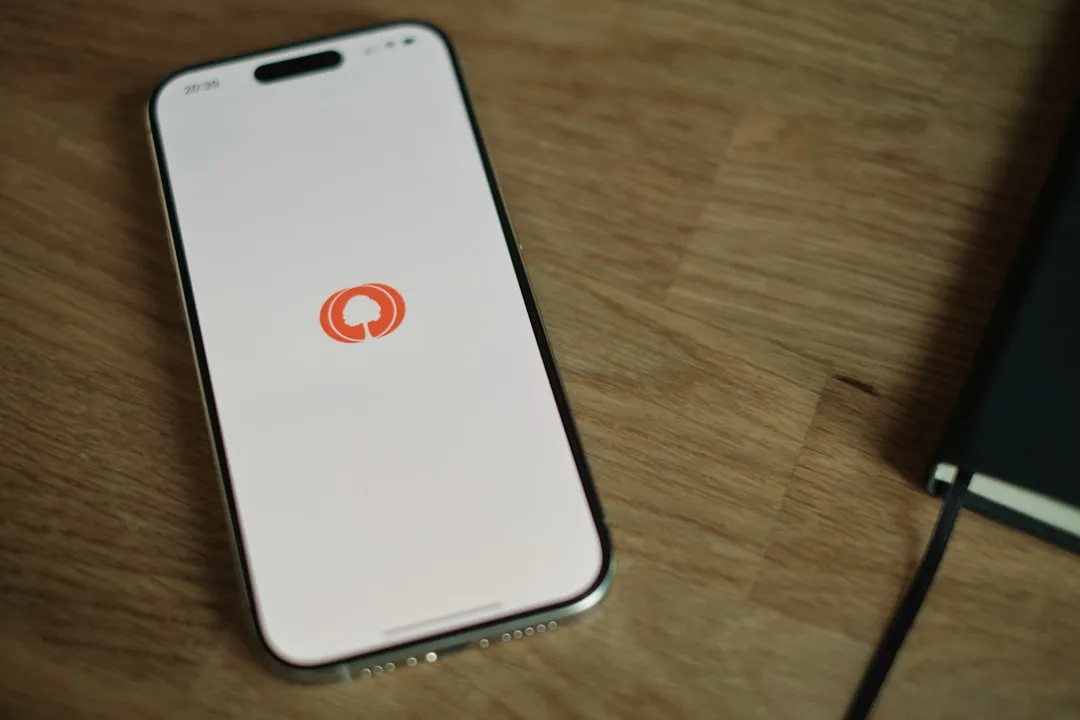
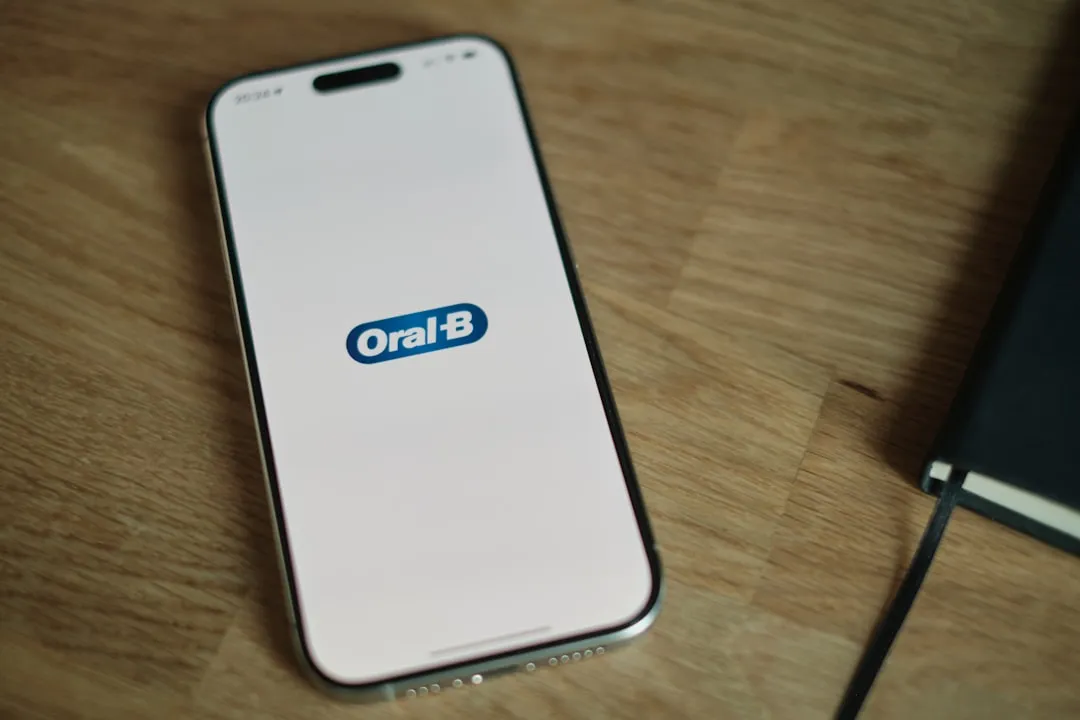
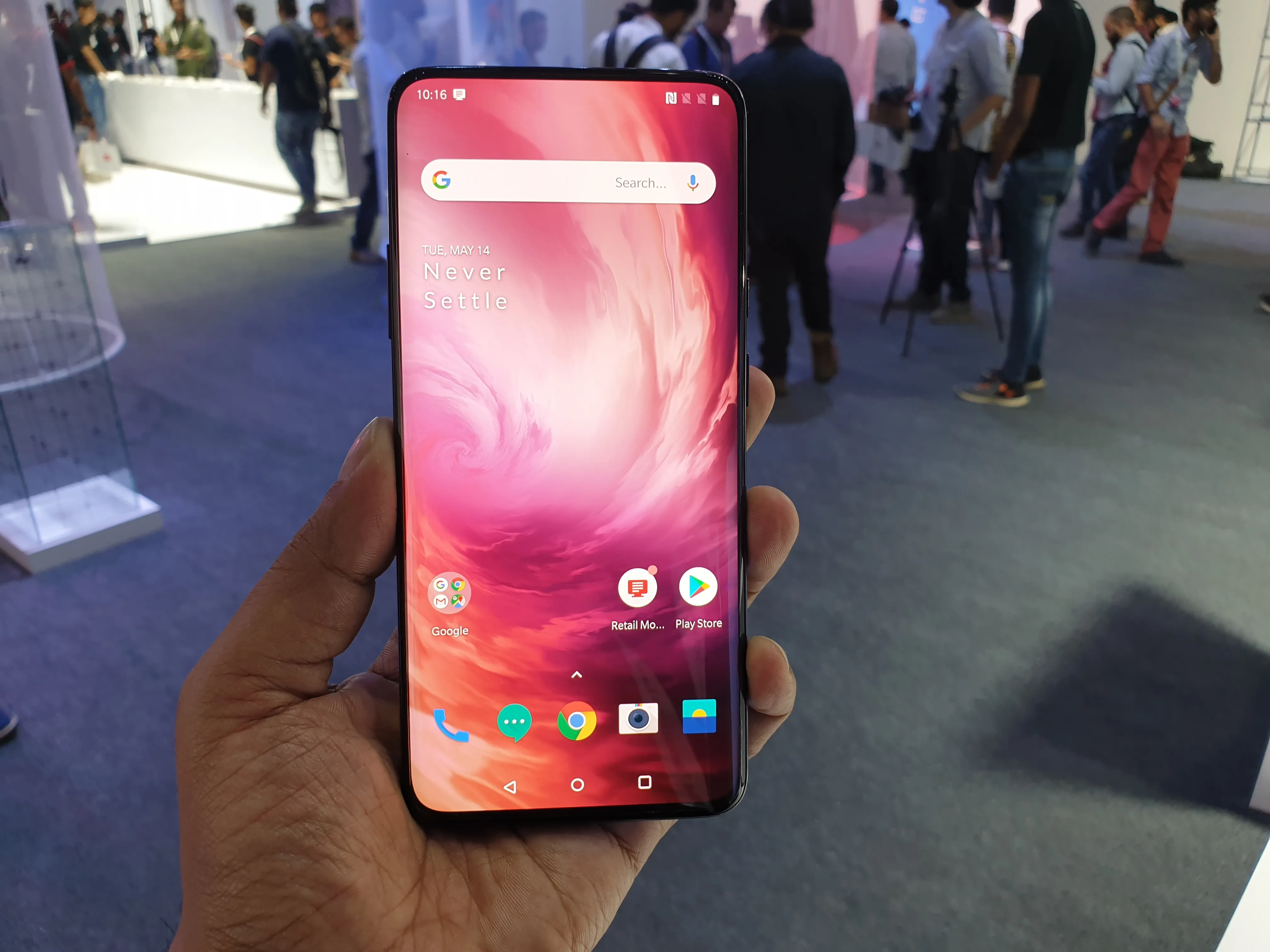
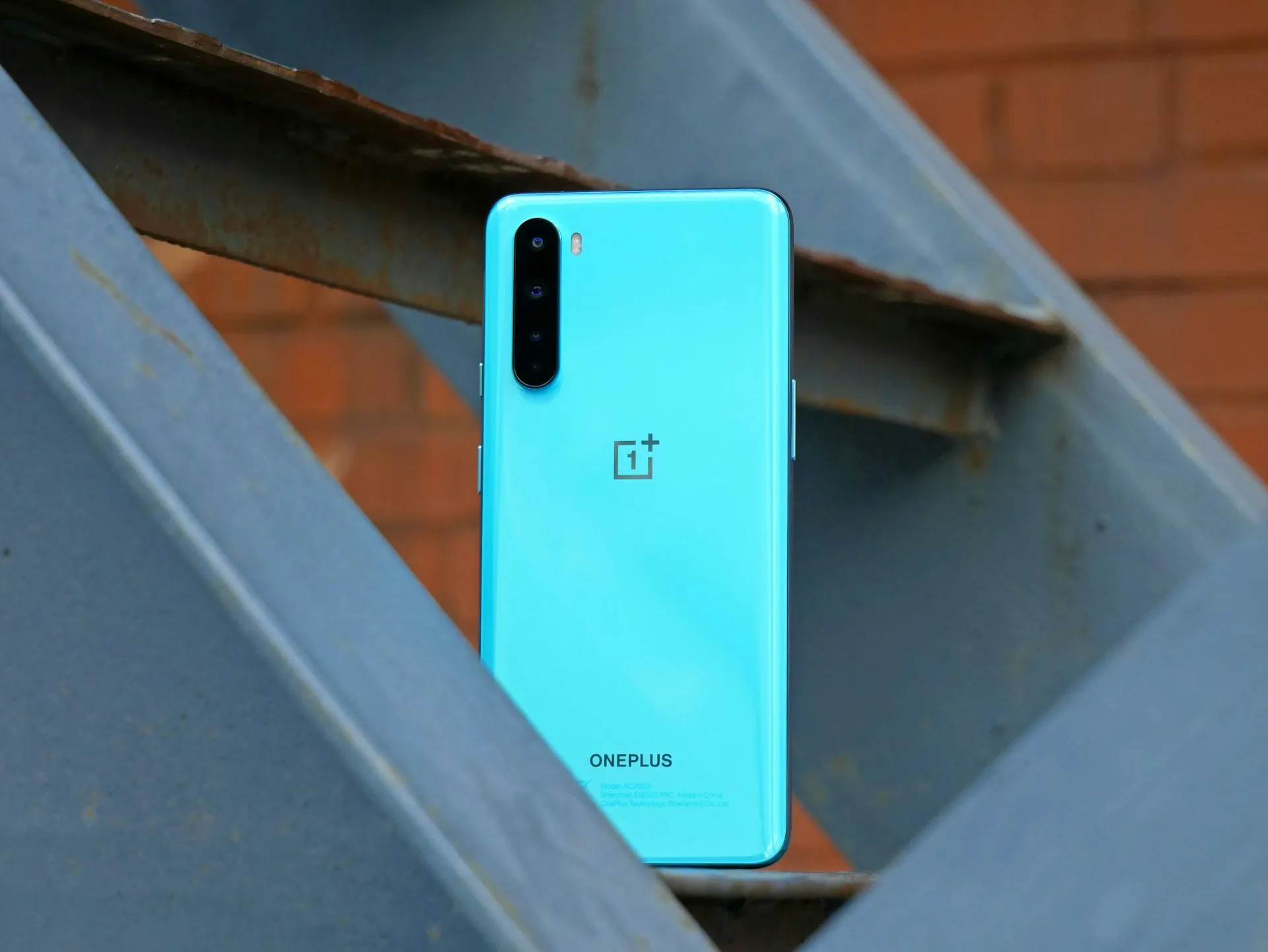
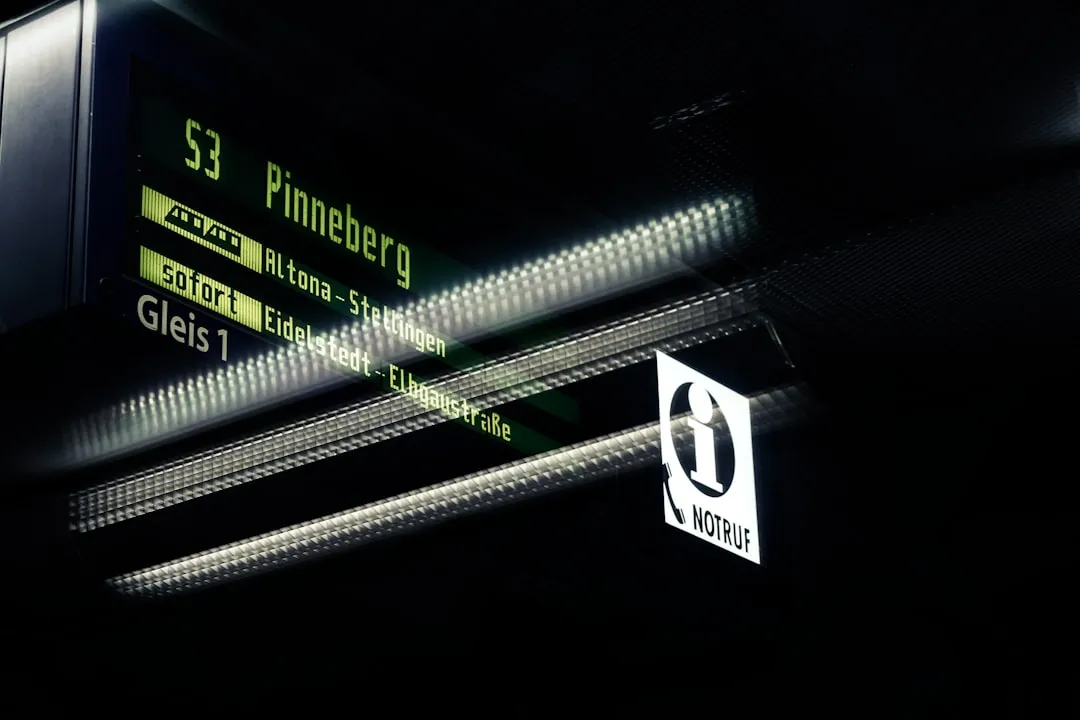


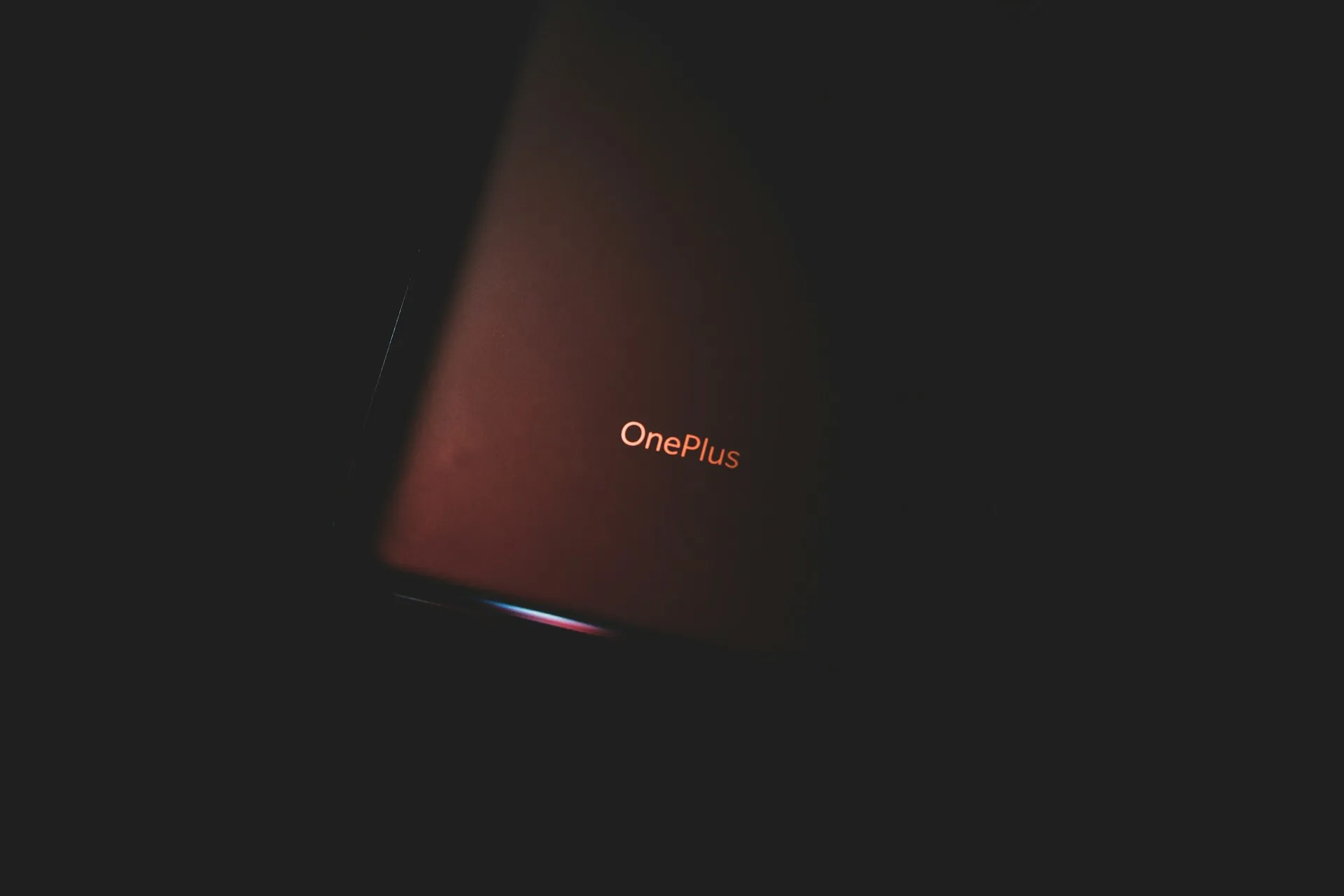
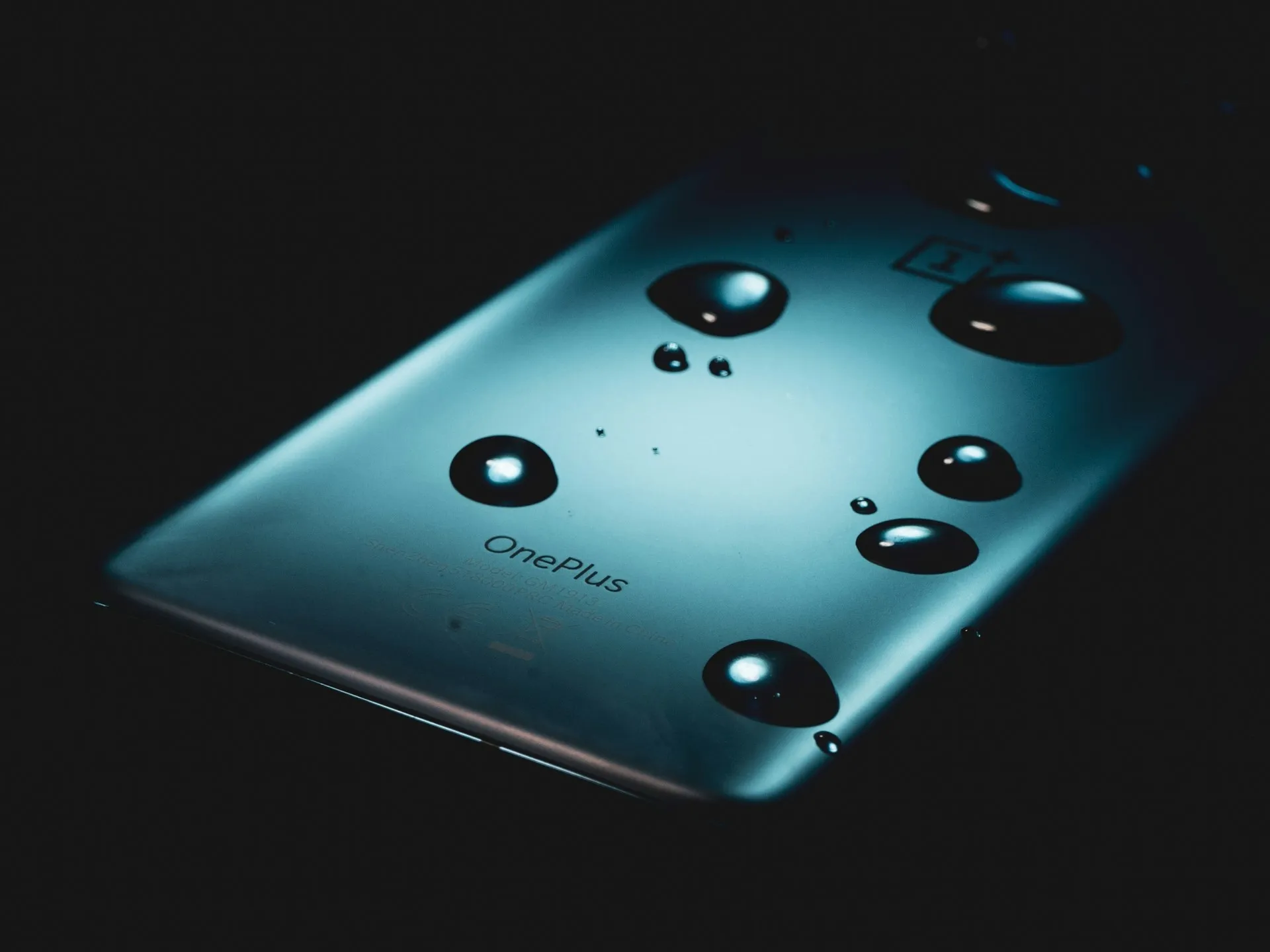
Comments
Be the first, drop a comment!